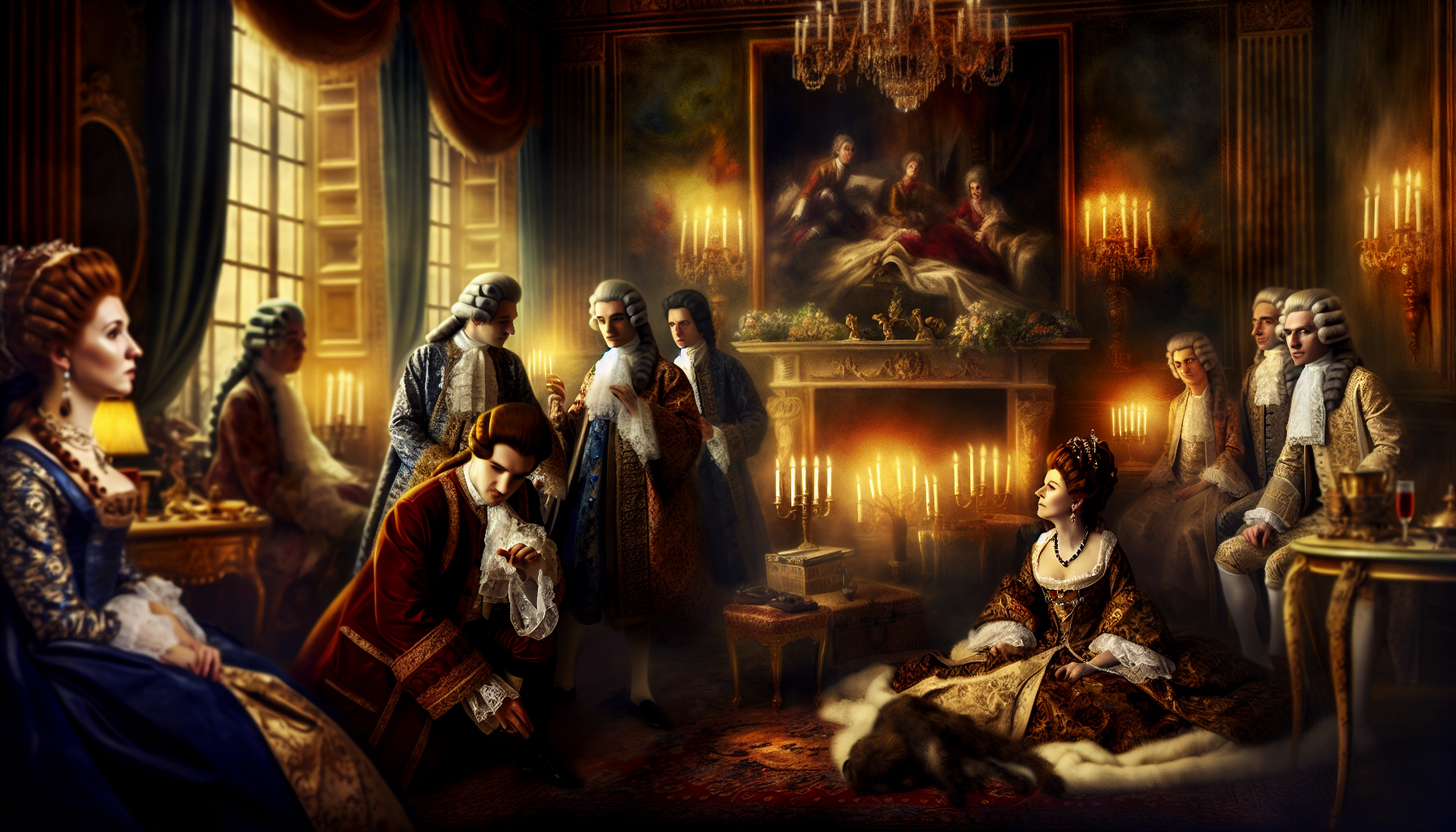Introduction
The British monarchy has been no stranger to scandal, but few tales are as gripping as the affairs that rocked its very foundations. From King Edward VIII’s abdication for love to Prince Charles’s highly publicized liaison with Camilla Parker Bowles, these events have not only captivated public imagination but also reshaped societal norms and expectations of royal conduct. This article delves into these pivotal moments in royal history, exploring the sentiments of the time and offering insights into how current values would color these once-taboo narratives.
The Scandal: Edward VIII and Wallis Simpson
In 1936, Edward VIII made headlines when he declared his love for Wallis Simpson, an American divorcée. This love affair was a seismic shift in royal history, primarily because it defied the conventions of the time—a king marrying a twice-divorced woman was far beyond the pale for British society. The scandal peaked when Edward chose his romantic inclinations over his royal duties, ultimately abdicating to marry Simpson. His statement, “I have found it impossible to carry the heavy burden of responsibility,” spoke volumes about the conflict between personal happiness and public duty.
- Key Events:
- The king’s initial declarations of love.
- The reaction of the Church of England, which refused to bless the marriage.
- The abdication crisis leading to George VI’s ascension to the throne.
Contemporary reactions were polarized. While the public and press were agog, conservative factions were outraged, considering the implications of a royal marrying beneath their station. The tabloid landscape exploded, with headlines like “The Man Who Gave Up the Crown for Love” saturating public consciousness, equating the affair with social upheaval.
Moral and Cultural Analysis
The reaction to Edward’s proposal was deeply rooted in the moral conservatism of the 1930s. Many viewed his decision as a betrayal of duty, a sentiment echoed in the words of then-Prime Minister Stanley Baldwin, who articulated the dangers of prioritizing romantic desire over national obligation. The affair was laden with complexities, not least of which was the impending Second World War, further heightening the stakes of the taboo.
Consequences for Edward and Simpson
- Public Sentiment: Initially, a mix of fascination and disdain. While some saw Edward as a romantic figure, others viewed him as irresponsible.
- Long-term Impact: The marriage changed the public’s perception of the monarchy. Edward and Wallis became a symbol of royal rebellion, paving the way for subsequent marriages in the royal family that would challenge conventions.
Modern Take:
Fast forward nearly a century—if Edward and Wallis were to assert their love today, the response would likely be markedly different. Public discourse around love, marriage, and personal happiness has shifted substantially. The divorcees and nonconformists of today are often celebrated as trailblazers rather than stigmatized. Social media might transform the narrative into one of empowerment, applauding Edward’s choice to follow his heart and challenging archaic norms.
Prince Charles and Camilla Parker Bowles: The Modern Scandal
Fast forward to the 1990s and early 2000s, another scandal gripped the monarchy. Prince Charles’s affair with Camilla Parker Bowles while married to Princess Diana was perhaps the most publicized royal scandal of modern times. Diana’s “3 a.m. phone call” into a talk show, where she revealed her struggle with Charles’s infidelity, captivated audiences and added layers to the narrative.
- Key Events:
- The infamous leaked telephone call, later dubbed “Camillagate.”
- The impact of Diana’s public struggles and tragic death.
- Charles and Camilla’s eventual marriage in 2005, which was initially met with skepticism.
Societal Repercussions
The scandal fractured the already fragile perception of the monarchy. Media frenzy ensued, and Diana’s portrayal as the “People’s Princess” meant that public sympathy overwhelmingly favored her. Charles’s image suffered considerably, and the monarchy was forced to reassess its public relations strategy.
Modern Perspectives:
In today’s context, Charles and Camilla’s relationship may have faced less backlash. Society has traversed vast distance in terms of empathy and understanding regarding marital complexities. Where once infidelity might have led to public disgrace, current discussions around mental health, empathy, and personal happiness might evoke a different response entirely. Charles and Camilla might even be viewed as a modern love story that evolved against the backdrop of social and familial expectations.
Contextual Comparison
While both scandals illustrate the tumultuous relationship between personal desire and royal duty, societal reactions have radically transformed over time. Judgments rooted in staunch morality have given way to conversations about authenticity, love, and personal fulfillment. The royal family, long seen as the bedrock of tradition, now finds itself adapting to a society that often demands a more relatable, human side to royal life.
In summary, the not-so-quiet affairs of British royalty have reflected broader societal trends, making them as fascinating for modern audiences as they were controversial for their contemporaries.

